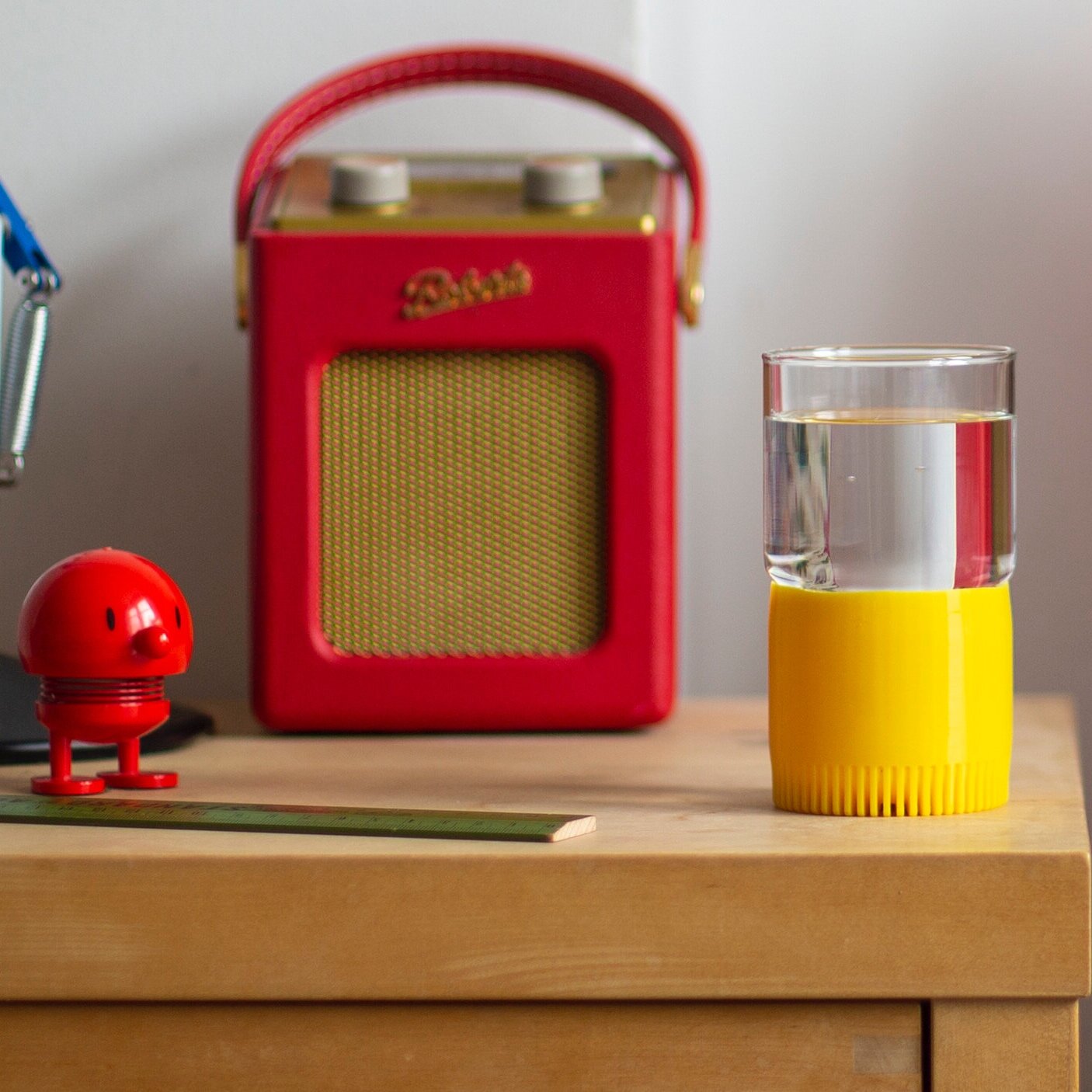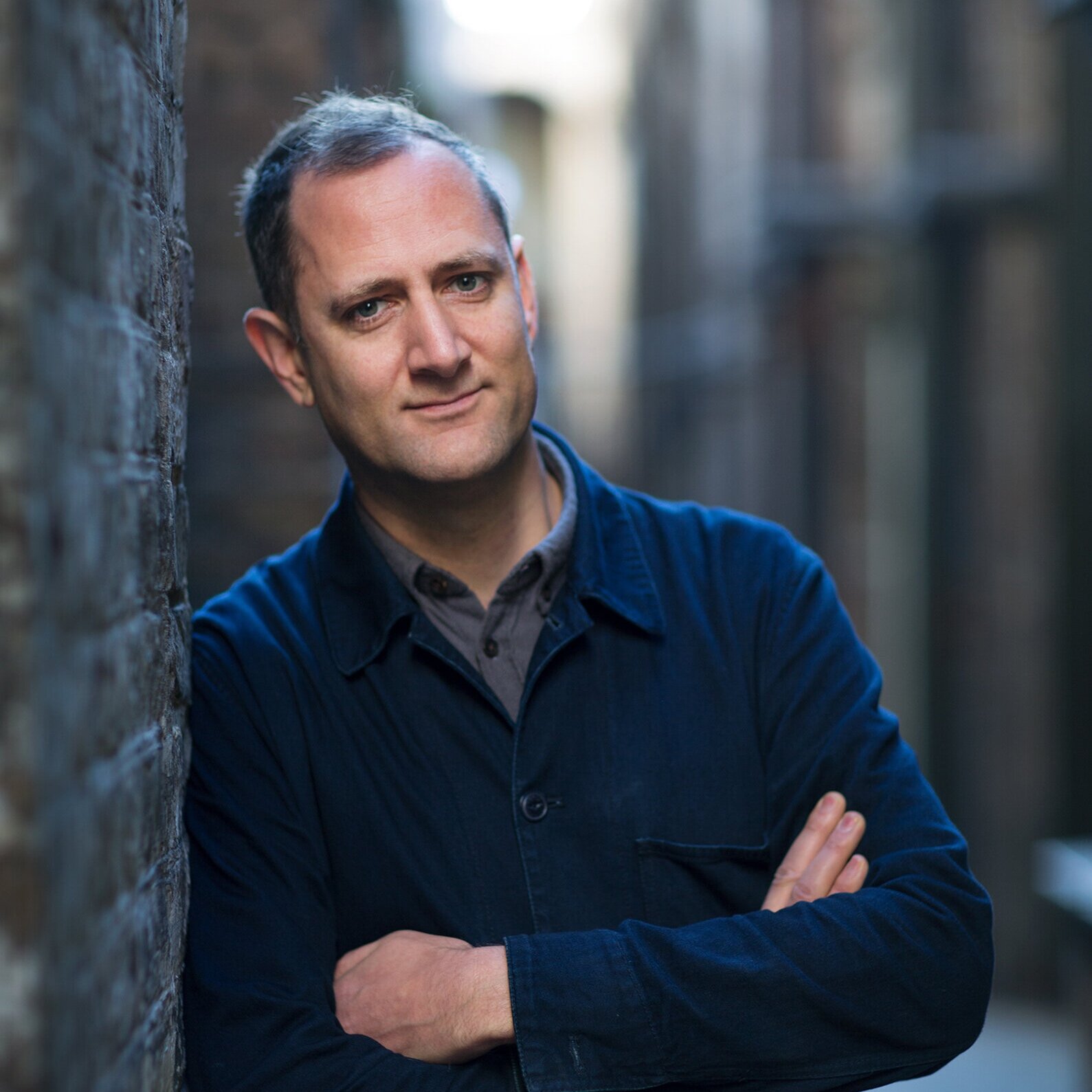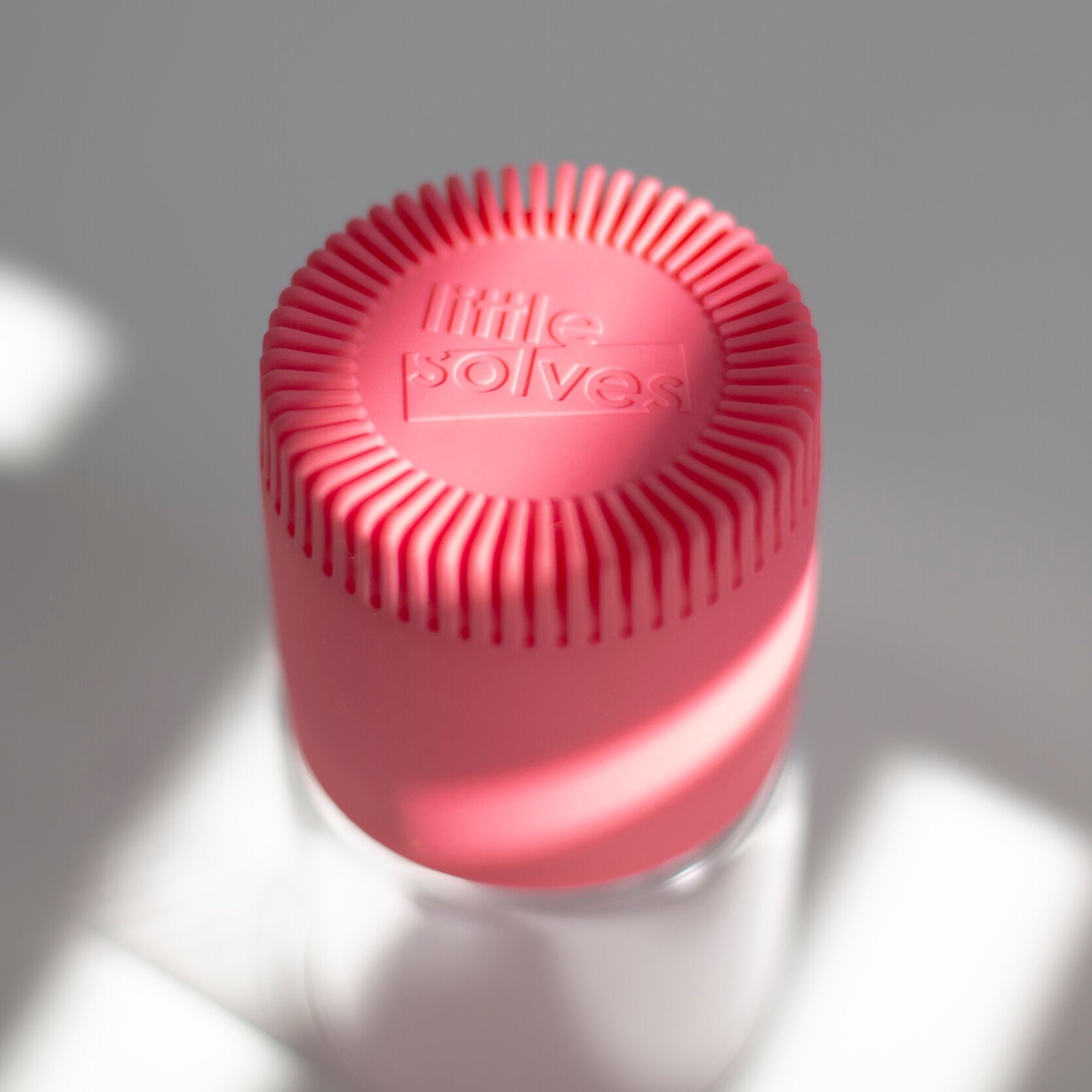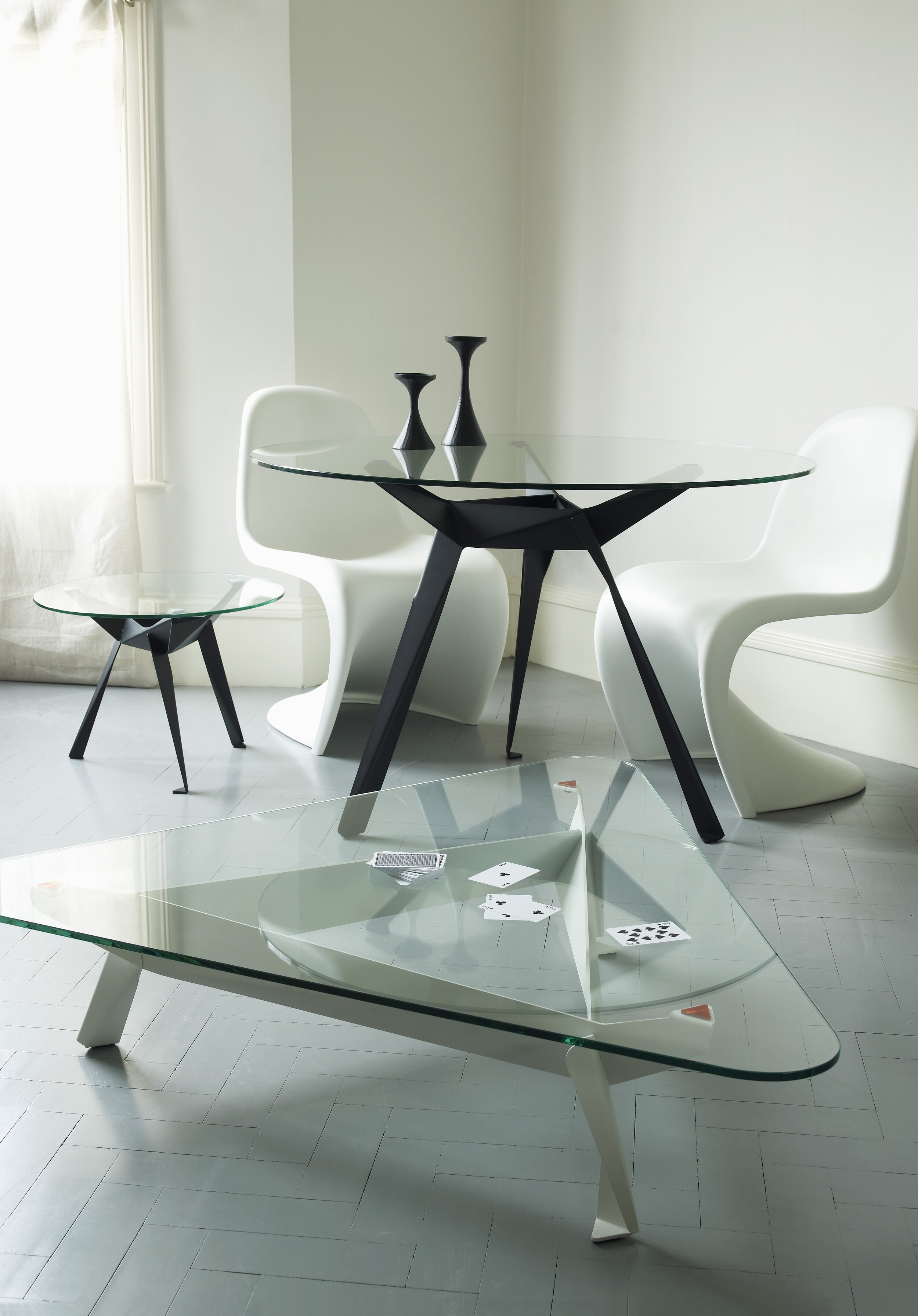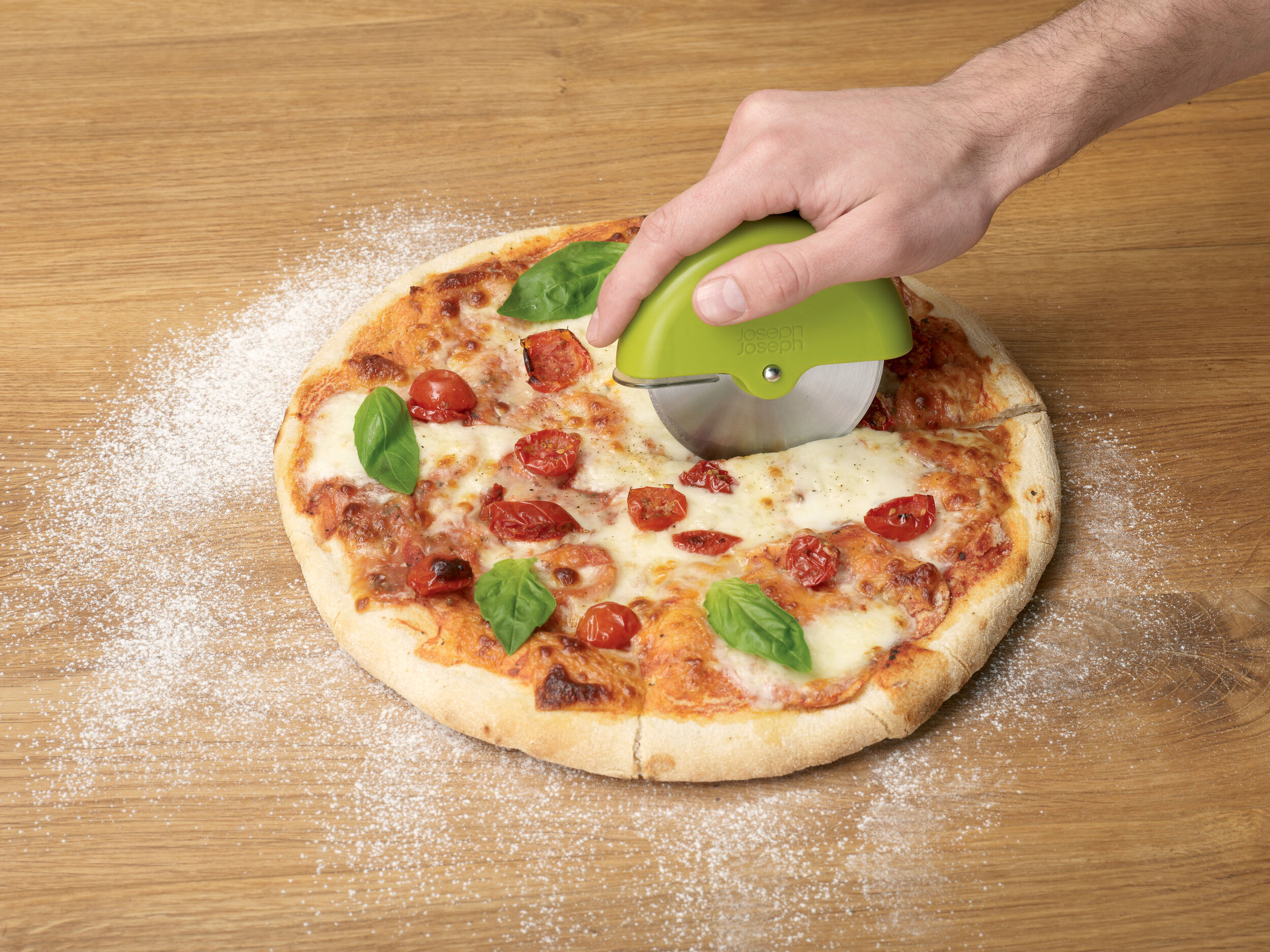‘Objects solve problems’: Anthony Dickens discusses his approach to and thoughts on design

A prolific designer of objects that enhance behaviour, Anthony Dickens has worked to make things different and better for more than twenty years. With a healthy curiosity, Anthony’s creative approach reimagines the everyday things that surround us. From his perspective, an object should express a simple narrative, having both a purpose and the ability to solve a problem. To that end, Anthony Dickens and his team design tangible solutions that seek to address many of the problems posed by our physical world. Makers through and through, everyone involved takes an active, hands-on role, where the ability to wonder, imagine, make a mess and make mistakes, leads ultimately to a successful outcome.
An award-winning designer, Anthony Dickens established his eponymous London-based design studio in 1998. He conceived and created a number of clever objects, including: the Origami Table for Innermost, the Around Clock for Lexon, and the Scoot pizza cutter for Joseph Joseph. In 2007, his playful Anglepoise® Fifty lamp was shortlisted for the London Design Museum’s ‘Designs of the Year’—it is now part of the museum’s permanent collection. That same year, Anthony was awarded the Elle Decoration ‘Best Tables’ award for the Origami Table. In 2013, his Tekiò lamp, a design inspired by chouchin, a traditional Japanese paper lantern, was shortlisted for the ‘Designs of the Year’. Now part of Spanish brand Santa & Cole’s winsome lighting collection, Tekiò was awarded a Gold Delta at the ADI Awards 2018.
In 2015, Anthony set up Studio Make Believe, a design consultancy that creates objects to solve problems for a number of international brand clients, including: Audi, Lakeland, Pernod Ricard, Proximo, Red Bull, Unilever, Finlandia, and Monkey Shoulder. Working on the premise that ‘objects speak a universal language’, Studio Make Believe creates intelligent things that successfully balance form and function with identity and beauty. Its Bullet for Jose Cuervo (a Mexican brand of tequila), is a smart, innovative design that chills eight shots of room temperature tequila to five degrees, in just twenty seconds. The Magway Wagon for Magway (a revolutionary e-commerce delivery system), is the vehicle that will carry goods and parcels around London, using Hyperloop-style tunnels between distribution centres. An exciting future-focused venture, it will improve air quality and reduce congestion in the capital.
Recently, Studio Make Believe developed LittleSolves, a new brand through which it will launch its own in-house products. The first product from LittleSolves is the Quiet Glass, a tough but friendly tumbler, designed to be quiet in a multitude of everyday situations. As a brand, LittleSolves will strive to solve life’s daily niggles, thereby creating happier moments that make for a happier world.
In this interview, Anthony Dickens discusses his designs, his philosophy and inspirations. He talks about the capacity of design to improve our sense of self, and mulls over how traditional craft and new technologies can work together. Anthony also gives his thoughts on how the coronavirus pandemic might affect the way in which we design and what we design.
As a prolific designer, what motivates you—how do you nourish your passion for design?
At its simplest, my motivation is to express myself as a problem solver, through design and engineering. It’s that excitement of imagining the potential of a solution that drives me to finish it.
You first established your eponymous design studio in 1998. Since then, what have you learned about yourself as a designer?
I graduated from college with two projects: a cabinet, made from recycled paper, cardboard, cow dung, and shellac, and a large, visually expressive lighting chandelier. The former was an experiment to find something that could replace MDF and other toxic board materials; the latter was an exploration of how to physically represent the feeling of listening to a piece of music that moves you.
Over the last twenty years, I have progressively brought these two sides together: the rational and the emotive. I have learned that my design philosophy continues to evolve. I’ve always been driven to consider the wider impact of design, wrestling with the functional, emotional, and environmental impact of our work. With experience, my understanding continues to grow whilst deliberating the compromises faced by designers.
Where do you seek and find inspiration?
Inspiration comes from people, problems, and stories. From living life and experiencing the things around us, to building up a memory bank of associations to call upon—especially useful when you start playing with the first shoots of an idea. You can keep an idea to yourself—sometimes for months—but as soon as you start to verbalise it, the idea grows and solidifies, moving closer to becoming tangible. I’m most inspired by having conversations with others, talking about problems and potential solutions that could help make things a little better, or hearing stories about other people’s great ideas.
Your body of work is both inventive and eclectic. What unites everything together—do you have an overarching design philosophy?
My philosophy that binds everything together is a simple one: objects solve problems. While everyone else talks about disruption, I think design should enhance everyday life. The beauty of objects, when you get them right, is that they speak a universal language. The object tells you how to use it, leaving you to experience how it makes something better.
How much emphasis do you place on the aesthetic value of a design versus its functionality?
Above everything else, my emphasis is on creating products people want to keep. This then removes the aesthetic vs functional debate, as it has to be both. I want to create beautiful things that resonate with people. If something works well and looks great, why would you throw it away?
The objective of Studio Make Believe is to enhance behaviour through objects. How can design work to improve our sense of self: physically, emotionally, and mentally?
We lean towards pleasure and away from pain. Pleasures can be physical, emotional, and mental. Thankfully, research into the elements of design that give us pleasure and those that give us pain, continues to grow. Equally, watching people interact with our objects and models, or commenting on them, gives us good evidence on which we can base our designs.
I believe our well-being is affected by the environments we inhabit. A disorganised room, lit with a single, bright white, compact fluorescent light, will negatively affect you, both physically and emotionally. In contrast, a room without clutter, where everything has a place, that is lit using multiple, natural colour temperature light sources, will be both a mental and physical sanctuary.
LittleSolves plays its part in this approach. We follow British cycling coach Dave Brailsford’s ‘marginal gains’ theory, where we want our products to add a little enhancement to someone’s day, every time they use them. Much has been written about how small events accumulate to create a negative spiral in someone’s day: we believe the opposite is also true.
You describe yourself, and those working in your studio, as ‘roll-up-your-sleeves, hands-on type of people.’ In a technologically advanced and digital world, how can traditional craft and modern innovation/new technologies work together?
New technology is simply another tool to employ in helping bring an idea to life, which is still best achieved by crafting and manipulating materials to construct models and prototypes. The fastest and most direct way to express an idea is through drawing. Before you make anything, you need to draw it and plan the next steps. I have tried all of the computer drawing techniques and, for me, they come up short when compared to the feel of pen on paper. Learning and mastering this feel, reacting to the resistance of pen on the page, is the same understanding you need to work with materials, in order to bring your idea to life. It’s long been a lament of employers that new design graduates leave college without a solid understanding of materials. They can create shapes in CAD, but they do not fully understand how the material will react in the real world or how to construct it properly. I think this is true to an extent, but after working as a designer for twenty years, I am still learning about materials and processes, and how best to use them.
This is why we are a roll-up-your-sleeves studio. We go from sketch to making as quickly as possible, to understand if our concepts have merit and could work. There is no escaping your physical reality! The sooner you can hold something, the sooner you can understand it, ensure you are on the right track, and share it with others. Initially, these models are crafted from basic materials by hand, but we quickly start to bring in new technologies such as 3D printing, laser cutting, and CNC. We develop the models into functional and ergonomic studies that further increase our understanding of the object, and how the components interact with us and each other.
You set up LittleSolves as a way of addressing and solving those everyday ‘stubbed-toe moments’ (as you refer to them). Your first product is the Quiet Glass. Can you describe its evolution?
As a parent with young children, we were living in a constant sleep-deprived state. In the middle of the night, I took a sip of water and clumsily smashed my glass down, waking up my partner—she was irritated, needless to say. This incident led me on a mental journey as I tried to get back to sleep. How could I create a quiet glass? There are myriad glasses for multiple purposes, but had anyone designed a glass for a bedside table, or simply to be quiet? How many people take water to bed? What materials could I use? Could it glow?
I started asking friends and family, and found that almost everyone took water to bed. Therefore, we decided to explore the concept and start making some proof of concept tests. After roughly twenty silicone castings, we found a form that worked well: it dampened the noise, increased the grip, so the glass wouldn’t slide off the table, and was lovely to hold. We sourced a glass that we drop-tested to destruction, to ensure that the product was as tough and long-lasting as possible—it survived a 1.5m drop on to solid concrete. We took the design to Kickstarter and it was successfully funded on the second day, a fantastic outcome. We then put the design into production as the inaugural LittleSolves product.
It’s been fascinating to see the response people have to the glass and to get their feedback. We’ve found that people are using it for more than just a bedside glass. Kids love it (we’re developing a specific range for them), and it’s reassuring for parents who worry about giving their young children a glass. Adults are using it for alcoholic drinks, as the silicone keeps your hand away from the cold glass. The glass is being used during Zoom video conferencing, where people are conscious of keeping noise levels down. One person is even using it in a big music studio, where just the slightest noise can ruin a take.
With the coronavirus pandemic, the future of humanity—how we live, work, travel and play—may need to be entirely re-evaluated. What are your thoughts on how this might affect the way in which we design and what we design?
The pandemic doesn’t change design, it’s just about understanding the new problem we have to solve. For the past one hundred years, product designers have in the main been designing products for consumers who purchase them on the high street. They can then browse and experience the products first hand, before deciding whether to buy. However, the current crisis has further cemented the role of online retail, whose sales have grown, over bricks-and-mortar shops, many of which have now closed.
Before the coronavirus pandemic, there has already been much discussion about the death of the high street. I think we will see more retail brands fail in the coming months. However, we had decided prior to this crisis that LittleSolves is first and foremost an online direct-to-consumer brand, before working with independent retailers. Anyone who has tried to work with the big retailers will know, with their various costs, that the numbers start to stack up against you. Of course they also need to survive, to pay staff and rent, but by selling online, I can make three to four times as much and have complete control over my business. There is a lot of negative press around a company such as Amazon, but for a fledgeling business—like LittleSolves—it enables us to have a small team. We can operate globally, without the need to do trade shows or deal with buyers from multiple retailers, all of which is very time-consuming. We can scale and work anywhere, giving us the freedom to create better products.
If, as a designer, you had the power to change the world, what one thing would you do?
I would make the arts a mandatory subject at school until the age of eighteen. More than anything else, the arts can teach us about what it means to be a human being. And, like anything else, it’s a skill we develop: how we express ourselves, collaborate, solves problems, associate and connect disparate things, invent things, understand the body, find a flow state, question and make sense of the world and our place in it, and make extraordinary things that help people happily lose themselves for a moment, et cetera.
Quiet Glass by LittleSolves
www.littlesolves.com | @littlesolves_club

